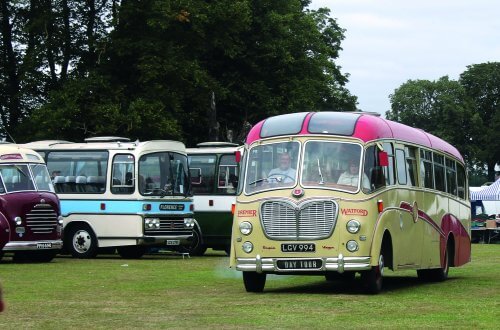
Alan Payling has been looking at films about the coach industry on YouTube and begins by travelling back in time to look at a bygone age of coach travel.
Initially when I was thinking about this feature, I was just looking for old videos of the coach trade. So, are you sitting comfortably? Computer on? Got a hot drink? A biscuit? Good. Now you can sit back, put your feet up for a minute and have a look at a few of the films about the coach trade that I have discovered on YouTube.
[…]
By subscribing you will benefit from:
- Operator & Supplier Profiles
- Face-to-Face Interviews
- Lastest News
- Test Drives and Reviews
- Legal Updates
- Route Focus
- Industry Insider Opinions
- Passenger Perspective
- Vehicle Launches
- and much more!


